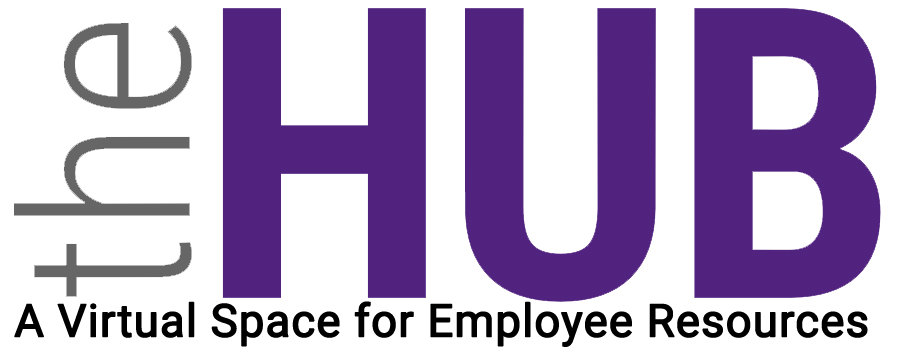Tech Tools to Support Teaching and Learning
Learning technologies encompass not only Blackboard and other learning management systems but also various apps, programs, and platforms that enhance the educational experience. These tools promote success for all students, including those who may be struggling. Explore the materials in this area for ideas on effective technology integration in the classroom.

Microsoft Office Videos
- What is OneDrive?
- What is OneNote?
- How to save a PowerPoint Presentation as a video
- Get Design Ideas for Slides
- How to Use Microsoft Editor
- How to Draw or Draw in a Word Document with a Digital Pen
- Insert a Table of Contents in a Word Document
- What is Microsoft Teams?
- Tips for Microsoft Team Meetings
Online Tools for Teaching and Learning (University of Massachusetts Amherst)
Assessment Tools
Assessment tools play a crucial role in gauging student learning and progress. The choice of assessment tool should align with your specific learning goals and instructional strategies. Consider what you want to accomplish with your students, and then select the most suitable tool for the task
Here are some digital tools and platforms that educators can use for various types of assessments:
- Kahoot!: A popular game-based classroom response system that allows teachers to create interactive quizzes using internet content1.
- Socrative: Enables real-time formative assessment through quizzes, polls, and exit tickets. Teachers can track student understanding and adjust instruction accordingly.
- Google Forms: A versatile tool for creating surveys, quizzes, and self-assessment forms. It integrates seamlessly with Google Drive and provides instant feedback.
- ePortfolios: These digital portfolios allow students to showcase their work, reflect on their learning journey, and receive feedback from teachers and peers.
Community
Community tools play a pivotal role in nurturing social learning experiences. Let’s explore some of these tools
- Social Media Platforms: These platforms (such as Facebook, Twitter, and Instagram) facilitate communication, collaboration, and knowledge sharing among individuals. Educators can create groups or pages to engage students in discussions, share resources, and foster a sense of community.
- Virtual Games and Simulations: Games like Minecraft, SimCity, or educational simulations provide an interactive environment for learning. They encourage problem-solving, teamwork, and creativity. For instance, students can collaboratively build historical landmarks in Minecraft or simulate scientific experiments.
- Collaborative Design Spaces: Tools like Google Docs, Padlet, or Trello allow real-time collaboration on documents, mind maps, or project boards. Students can collectively brainstorm ideas, create content, and provide feedback to peers.
- Online Discussion Forums: Platforms like Reddit, Stack Exchange, or course-specific forums enable students to ask questions, share insights, and engage in meaningful discussions. These forums foster a sense of belonging and encourage peer-to-peer learning.
Knowledge Tools
Tools such as virtual timeline creators, mind mapping software, and study sites (e.g., flashcards, and tutorials), help students acquire, construct, and organize information. These tools empower students to acquire, construct, and organize information effectively, making their learning experiences richer and more engaging
- Timepath: An excellent timeline creator for students, Timepath allows you to build beautiful timelines. Whether you’re exploring a historical subject, delving into specific topics, or profiling influential figures, Timepath transforms lessons into dynamic experiences. It’s both enjoyable and impactful for education.
- Mind Mapping Software:
- Mindomo: By providing students with a mind mapping tool like
- Mindomo, teachers offer a customizable visual representation. Students can organize ideas, capture main concepts, subtopics, and relevant details in an organized visual format. This approach streamlines note-taking and enhances material review.
- Canva: Explore Canva’s free mind map maker to generate ideas and concepts. Customize ready-made templates with shapes, photos, fonts, and colors from their library.
- MindMeister: Transform your study game with MindMeister. Infuse creativity into coursework, take better notes, retain more information, collaborate effectively with classmates in real time, and generate ideas for projects and essays.
- Study Sites:
- Flashcards: Platforms like Quizlet or Anki allow students to create digital flashcards for efficient memorization and self-assessment.
- Tutorials and Educational Websites: Websites like Khan Academy, Coursera, or edX provide comprehensive tutorials, video lectures, and interactive learning resources across various subjects.
Learner-centered Tools
Learner-centered tools are essential for creating personalized and empowering learning experiences. Learner-centered tools promote autonomy, engagement, and a deeper understanding of content. They recognize that each student’s learning path is unique!
- Personalized Learning Platforms:
- Adaptive Learning Systems: These platforms adjust content and pacing based on individual student progress. Students receive targeted resources and activities tailored to their needs.
- Learning Management Systems (LMS): LMS platforms like Canvas, Moodle, or Blackboard allow educators to customize course content, assignments, and assessments. Students can access materials at their own pace.
- Differentiation Tools:
- Choice Boards: Offer students a menu of learning activities or projects. They can choose tasks that align with their interests, learning styles, and abilities.
- Tiered Assignments: Assign different levels of complexity or depth to accommodate diverse learners. Students can select the level that suits them best.
- Flexible Grouping: Arrange students in various groupings (by interest, readiness, or learning style) for collaborative projects or discussions.
- Empowering Tools:
- Student Portfolios: Encourage students to curate their work, reflect on their learning journey, and set goals. Digital portfolios (ePortfolios) allow students to showcase their growth.
- Student Voice Platforms: Tools like Flipgrid or Padlet empower students to share their thoughts, opinions, and creative projects with peers and teachers.
- Project-Based Learning (PBL): PBL engages students in real-world, inquiry-based projects. It fosters critical thinking, problem-solving, and collaboration.
Educational Apps in Action
MC Supported Technology for the Classroom includes
- Blackboard Ally
- Blackboard App
- Blackboard Collaborate
- Blackboard SafeAssign
- Examity
- Hypothesis for Blackboard
- Hypothesis Step-by-step Faculty Guide (PDF,
 )
) - Blackboard Retention Center
- Blackboard Ultra Base Navigation (PDF,
 )
) - Instructional Uses of Mobile Technologies
- Microsoft Office 365
- Respondus
- Zoom
- Two-Factor Authentication
- LinkedIn Learning
- MC Alert
- Work From Home Tools
- MS Office 365 for Employees
- Quick Reference Guides
Contact Us
Whether you have questions, feedback, or need assistance, feel free to reach out to us. Our team is here to help and will get back to you as soon as possible. Please fill out the form, and we’ll be in touch shortly!
